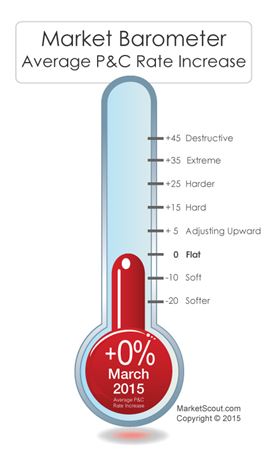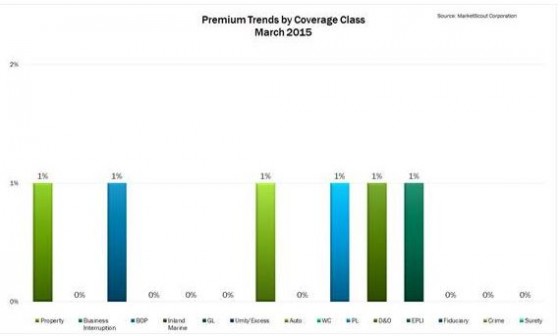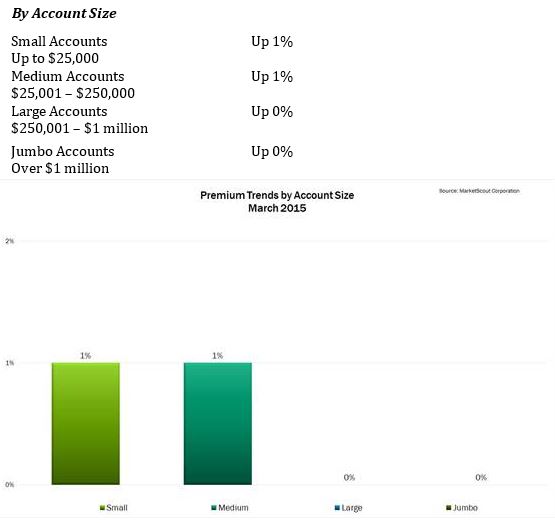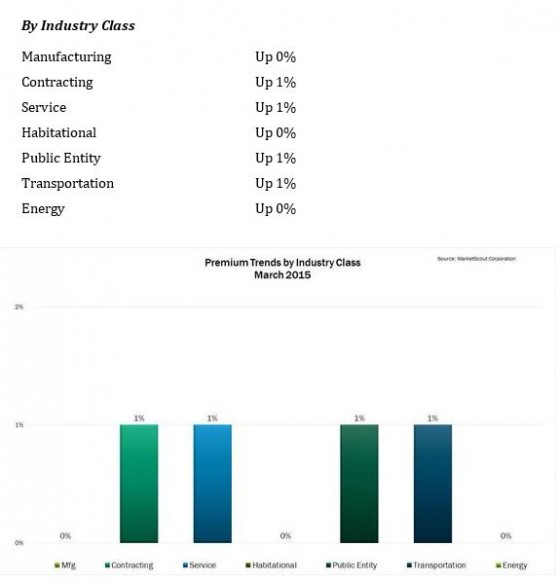 On April 1, the EEOC’s New York District Office issued a Determination finding probable cause to believe that the City of New York’s Department of Citywide Administrative Services (DCAS) violated Title VII and the Equal Pay Act based on its “pattern of wage suppression and subjective promotion based on…sex, race, and national origin.” In the accompanying conciliation agreement proposal, the EEOC demanded numerous forms of programmatic relief from DCAS (e.g., EEOC monitoring and notice postings) as well as back pay, future pay, compensatory damages and legal fees and costs totaling more than $246 million. For any employer, the EEOC’s position is one that ought to be heeded for “lessons learned….”
On April 1, the EEOC’s New York District Office issued a Determination finding probable cause to believe that the City of New York’s Department of Citywide Administrative Services (DCAS) violated Title VII and the Equal Pay Act based on its “pattern of wage suppression and subjective promotion based on…sex, race, and national origin.” In the accompanying conciliation agreement proposal, the EEOC demanded numerous forms of programmatic relief from DCAS (e.g., EEOC monitoring and notice postings) as well as back pay, future pay, compensatory damages and legal fees and costs totaling more than $246 million. For any employer, the EEOC’s position is one that ought to be heeded for “lessons learned….”
The Charge
The Communications Workers of America, AFL-CIO Local 1180 filed a charge of discrimination with the EEOC against DCAS in 2014 on behalf of a class of African-American and Hispanic women who were (or still are) employed as administrative managers in various NYC agencies. The Union asserted that a discriminatory pattern of wage suppression on the basis of sex, race and national origin exists as well as facially neutral policies governing assignment, promotion and wages that have a disparate impact on female African-American and Hispanic administrative managers. To this end, the Union alleged that the minimum salary for administrative managers—which is disproportionately paid to Hispanic and African-American women—has been frozen for many years whereas the maximum salary for administrative managers (positions held primarily by Caucasian males) has increased significantly.
In addition to arguing that the Union did not have standing to file a charge with the EEOC, DCAS denied the allegations of discrimination and provided “a small sample of administrative managers along with their gender, race, agency, salary, and description of their job duties in an attempt to demonstrate that administrative managers do not perform equal work.”
EEOC’s Determination and Proposed Conciliation Agreement
The EEOC agreed with the Union, opening that DCAS’ evidence “was insufficient” and did “not withstand scrutiny.” The EEOC also alleged that DCAS declined to provide certain requested information and “the Commission determines that the silence is an admission of the allegations in the charge, and exercises its discretion to draw an adverse inference with respect to the allegations.”
In addition to its Determination, the EEOC provided a proposed Conciliation Agreement to resolve the charge against DCAS. The Conciliation Agreement, were DCAS to accept it, would require DCAS to, at a minimum, award raises via “an annual step process;” increase the minimum salary for all administrative managers; and agree to “proper oversight, opportunity and enforcement of equal employment,” which would include the appointment of an EEO monitor; amended job descriptions with a revised posting and bidding process; and provision of tuition assistance to union members to “level the playing field” for union members so that they can “effectively compete with their white male colleagues in the workplace.”
With respect to monetary damages the EEOC demanded $188,682,531.00 in back pay, a new starting salary for administrative managers of no less than $92,117.00, $56,922,000.00 in compensatory damages under Title VII, and no less than $1,000,000.00 in legal fees and costs.
The EEOC gave DCAS until April 17, 2015 to provide a written counter-proposal or advise if it did not wish to engage in conciliation. Absent what it deems a “reasonable written counter-proposal” from DCAS, the EEOC warned that it may deem conciliation futile and fail conciliation.
Implications or Employers
The headline grabbing dollar amount requested by the EEOC in this proposed conciliation agreement is certainly staggering and catapults this case into the “one to watch” column. Furthermore, this confirms what we predicted in our EEOC-Initiated Litigation Report – that the EEOC is going to focus this year on recovering large settlements and verdicts to try to make up for low recoveries in fiscal year 2014. As DCAS has already publically stated that it intends on participating in the conciliation process, we will be sure to monitor developments. Stay tuned!
This post can also be found on the EEOC Countdown blog here.


